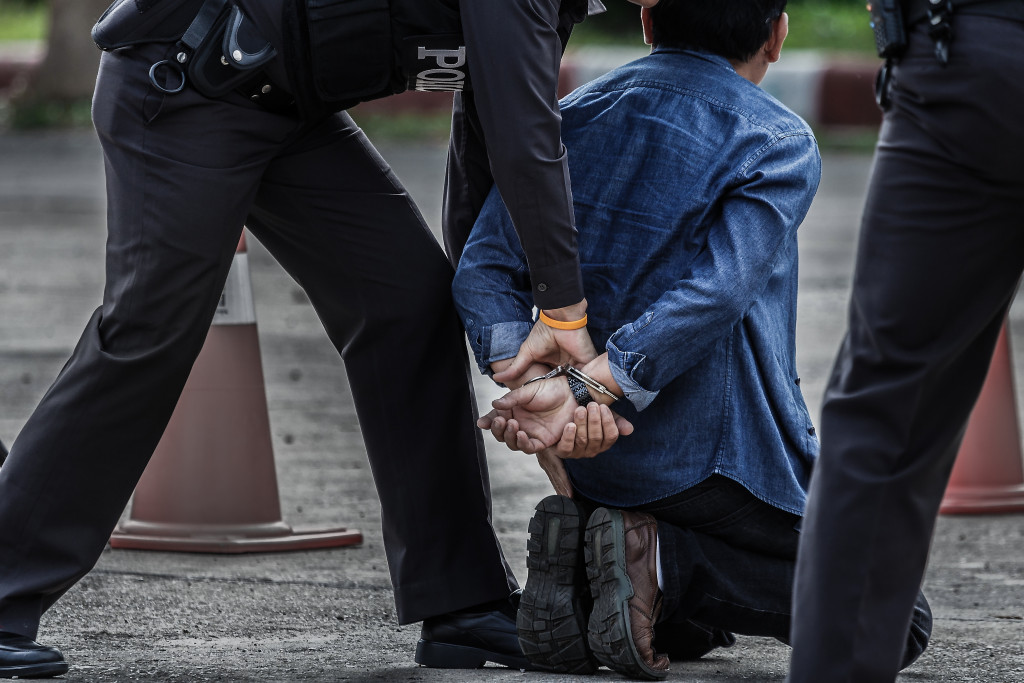Gun violence is one of the modern global human rights problems. It puts every human being’s fundamental right in danger—the right to life. Gun-related violence happens daily, affecting the lives of millions around the world. Nearly 500 people die daily due to firearms-related violence. It can put anyone in danger. However, it significantly affects communities of color, women, and other marginalized sectors.
Defining Gun-Related Violence
Gun violence refers to violent acts done using firearms, including machine guns, assault rifles, shotguns, or pistols. Its presence can often make individuals feel fearful and threatened for their lives. It can also result in long-term psychological issues in communities or individuals. Gun-related violence can also negatively affect people’s right to healthcare and education.
That often happens when they’re too afraid to go to hospitals or schools. Or if gun violence in these communities disrupts the community’s services. Many believe that easy access to firearms, whether illegal or legal, is the main reason for gun violence.
How Officials Can Control This Issue
Local officials should protect peoples’ rights, building the safest possible environment for those at the most significant risk. If they fulfill their duties and restrict the possession or use of guns, this can lead to a breach of their obligations under international human rights law. International laws urge local officials to fulfill their responsibilities and implement stricter prevention regulations.
Local officials are also held responsible for establishing measures to prevent and reduce the problem at the community level, further reducing or preventing violence.
Gun Violence and the Right to Health
Firearms violence can negatively affect people’s right to health. Those living in areas with higher levels of gun-related violence will find it dangerous or challenging to visit local healthcare facilities. Healthcare gets affected by frequent de facto or official curfews related to police interventions and the partitioning of communities by armed criminal gangs. Healthcare professionals also tend to avoid places with high firearm violence due to problems related to poor staff retention and insecurity.
Most communities with high crime rates will also not have access to essential support for domestic violence and provisions for refugees. It’ll also obstruct safe solutions and accommodations for individuals leaving violent relationships. In short, gu violence can use different health issues in affected communities.
Lack of daily security can negatively affect someone, especially individuals who witnessed shootings and family members of victims. Most survivors suffer from severe and chronic physical and psychological conditions, increasing their chances of needing long-term social and medical care.

How Doctors Can Reduce This Problem
Medical professionals have an essential role in educating families about gun safety, especially keeping guns out of their child’s reach. Most studies show that three-year-olds are already capable enough of shooting a gun. When they reach school age, nearly 75 percent can fire a weapon. For that reason, most gun insurance companies urge pediatricians to start asking whether parents keep guns in their homes.
However, other states still prevent doctors from talking about weapons with patients, even if they’re a real danger. Doctors claim that such restrictions and laws obstruct their ability to discuss problems that can affect patient safety.
Prevention at the Individual Level
Mental health treatment can also be the key to reducing gun violence. It’ll help people at greater risk due to mental illness and suicidal and depressive thoughts. Implementing programs and laws that identify and provide care for mentally challenged individuals should become the focus. Moreover, behavioral threat assessments are increasingly becoming a standard in the healthcare industry.
It helps prevent gun-related violence against public officials, offices, and educational institutions. Most threat assessment teams gather and examine data to determine if individuals have the qualities that will threaten themselves or others. If they’re a threat, medical practitioners will intervene and take the necessary precautionary measures.
Prevention at the Community Level
Lessening the cases of gun violence can start at an early age with programs that will help parents raise emotionally capable children and end with efforts to intervene and identify troubled individuals that can threaten the community. Mental health groups should take the lead in advocating for community-based collaborative problem-solving programs to address and prevent gun violence.
Other communities had successful community-based programs that included police intervention training and members trained in mental health first aid. On top of that, public health advisories on gun safety are also helpful. It teaches people about the practice of keeping their weapons locked and stored securely.
Lessening the cases of gun violence will require assistance from different sectors, like health, community, public safety and health, and legal. Increasing access to data and funding will help evaluate policies designed to reduce firearms violence.

